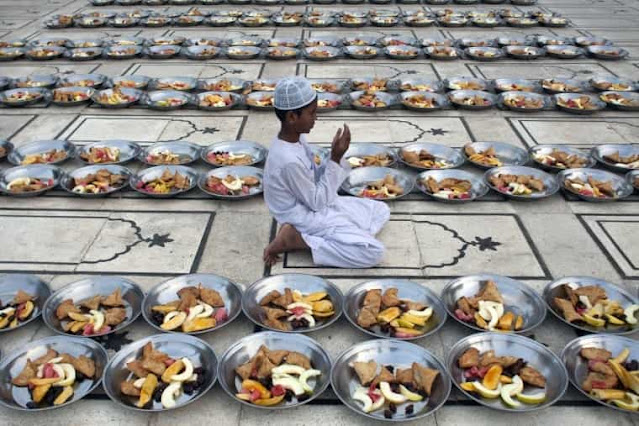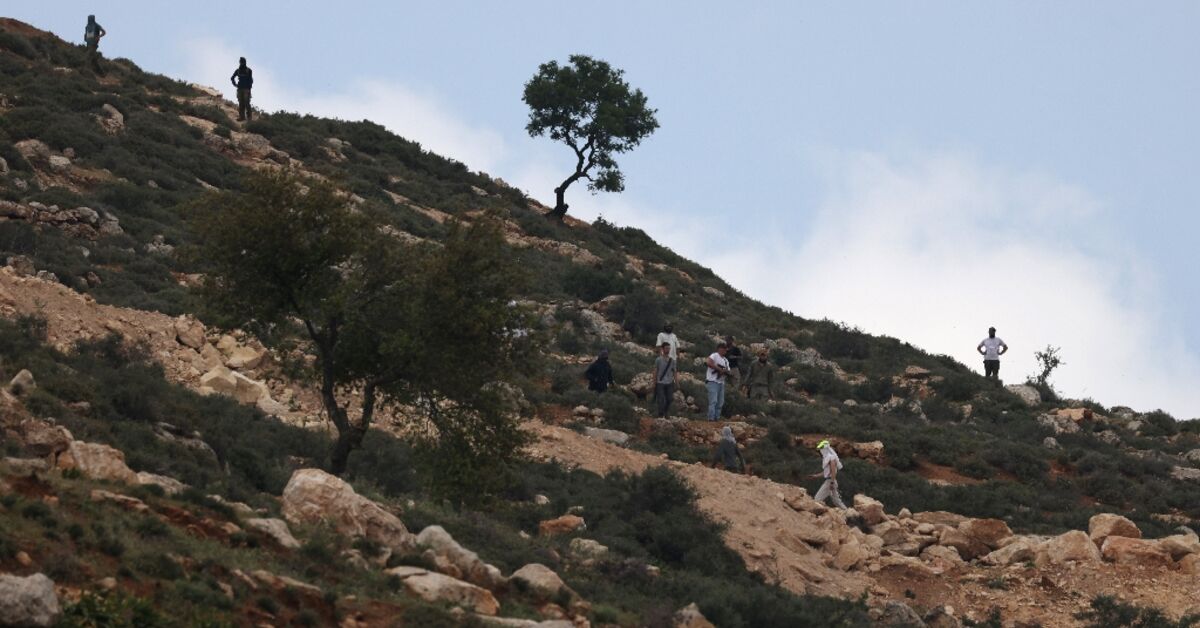
What happened between Could 2021 and Could 2022 is nothing lower than a paradigm shift in Palestinian resistance. Because of the favored and inclusive nature of Palestinian mobilisation towards the Israeli occupation, resistance in Palestine is not an ideological, political or regional choice.
Within the interval between the signing of the Oslo Accords in 1993 and just a few years in the past, Palestinian muqawama – or resistance – was always put within the dock, typically criticised and condemned, as if an oppressed nation had an ethical accountability in choosing the kind of resistance to go well with the wants and pursuits of its oppressors.
As such, Palestinian resistance grew to become a political and ideological litmus take a look at. The Palestinian Authority of Yasser Arafat and, later, Mahmoud Abbas, called for ‘common resistance’, however it appears that evidently it neither understood what the technique really meant, and definitely was not ready to behave upon such a name.
Palestinian armed resistance was eliminated solely from its personal historic context; in reality, the context of all liberation actions all through historical past, and was was a straw man, arrange by Israel and its western allies to sentence Palestinian ‘terrorism’ and to current Israel as a sufferer dealing with an existential menace.
Keep in mind the Nakba, 74 years on – Cartoon [Sabaaneh/Middle East Monitor]
With the dearth of a centralised Palestinian definition of resistance, even pro-Palestine civil society teams and organisations demarcated their relationship to the Palestinian battle primarily based on embracing sure types of Palestinian resistance and condemning others.
The argument that solely oppressed nations ought to have the appropriate to decide on the kind of resistance that might pace up their salvation and freedom fell on deaf ears.
The reality is that Palestinian resistance preceded the official institution of Israel in 1948. Palestinians and Arabs who resisted British and Zionist colonialism used many strategies of resistance that they perceived to be strategic and sustainable. There was no relationship in anyway between the kind of resistance and the non secular, political or ideological identification of those that resisted.
This paradigm prevailed for a few years, beginning with the Fidayeen Motion following the Nakba, the favored resistance to the transient Israeli occupation of Gaza in 1956, and the decades-long occupation and siege starting in 1967. The identical actuality was expressed in Palestinian resistance in historic Palestine all through the many years; armed resistance ebbed and flowed, however common resistance remained intact. The 2 phenomena had been at all times intrinsically linked, as the previous was additionally sustained by the latter.
The Fatah Motion, which dominates as we speak’s Palestinian Authority, was fashioned in 1959 to mannequin liberation actions in Vietnam and Algeria. Relating to its connection to the Algerian battle, the Fatah manifesto read: “The guerrilla conflict in Algeria, launched 5 years earlier than the creation of Fatah, has a profound affect on us. […] They symbolise the success we dreamed of.”
This sentiment was championed by most fashionable Palestinian actions because it proved to be a profitable technique for many southern liberation actions. Within the case of Vietnam, the resistance to US occupation carried out even throughout political talks in Paris. The underground resistance in South Africa remained vigilant till it grew to become clear that the nation’s apartheid regime was within the means of being dismantled.
Palestinian disunity, nevertheless, which was a direct results of the Oslo Accords, made a unified Palestinian place on resistance untenable. The very thought of resistance itself grew to become topic to the political whims and pursuits of factions. When, in July 2013, PA President Abbas condemned armed resistance, he was making an attempt to attain political factors along with his western supporters, and additional sow the seeds of division amongst his folks.
The reality is that Hamas neither invented nor has possession of, armed resistance. In June 2021, a ballot, performed by the Palestinian Centre for Coverage and Survey Analysis (PSR), revealed that 60 per cent of Palestinians help “a return to armed confrontations and Intifada”. By stating so, Palestinians weren’t essentially declaring allegiance to Hamas. Armed resistance, although in a distinct fashion and capability additionally exists within the West Financial institution, and is essentially championed by Fatah’s personal Al-Aqsa Martyrs Brigades. The current Israeli assaults in town of Jenin, within the northern West Financial institution, weren’t geared toward eliminating Hamas, Islamic Jihad or socialist fighters, however Fatah’s personal.
Skewed media protection and misrepresentation of the resistance, typically by Palestinian factions themselves, turned the very thought of resistance right into a political and factional scuffle, forcing everybody concerned to take a place on the problem. The discourse on the resistance, nevertheless, started altering within the final 12 months.
The Could 2021 insurrection and the Israeli conflict on Gaza – identified amongst Palestinians because the Unity Intifada – served as a paradigm shift. The language grew to become unified; self-serving political references shortly dissipated; collective frames of reference started changing provisional, regional and factional ones; occupied Jerusalem and Al-Aqsa Mosque emerged because the unifying symbols of resistance; a brand new era started to emerge and shortly started to develop new platforms.
On 29 Could, the Israeli authorities insisted on permitting the so-called ‘Flag March‘ – a mass rally by Israeli Jewish extremists that remember the seize of the Palestinian metropolis of Al-Quds – to as soon as extra move via Palestinian neighbourhoods of occupied East Jerusalem. This was the very event that instigated the violence of the earlier 12 months. Conscious of the approaching violence which regularly outcomes from such provocations, Israel needed to impose the timing and decide the character of the violence. It failed. Gaza didn’t fire rockets. As an alternative, tens of 1000’s of Palestinians mobilised all through occupied Palestine, thus permitting common mobilisation and coordination between quite a few communities to develop. Palestinians proved capable of coordinate their accountability, regardless of the quite a few obstacles, hardships and logistical difficulties.
The occasions of the final 12 months are a testomony that Palestinians are lastly releasing their resistance from factional pursuits. The newest confrontations present that Palestinians are even harnessing resistance as a strategic goal. Muqawama in Palestine is not ‘symbolic’ or supposedly ‘random’ violence that displays ‘desperation’ and lack of political horizon. It’s changing into extra outlined, mature and well-coordinated.
This phenomenon have to be extraordinarily worrying to Israel, as the approaching months and years might show essential in altering the character of the confrontation between Palestinians and their occupiers. Contemplating that the brand new resistance is centred round home-grown, grassroots, community-oriented actions, it has far higher probabilities of success than earlier makes an attempt. It’s a lot simpler for Israel to assassinate a fighter than to uproot the values of resistance from the center of a group.
The views expressed on this article belong to the creator and don’t essentially mirror the editorial coverage of Center East Monitor.



